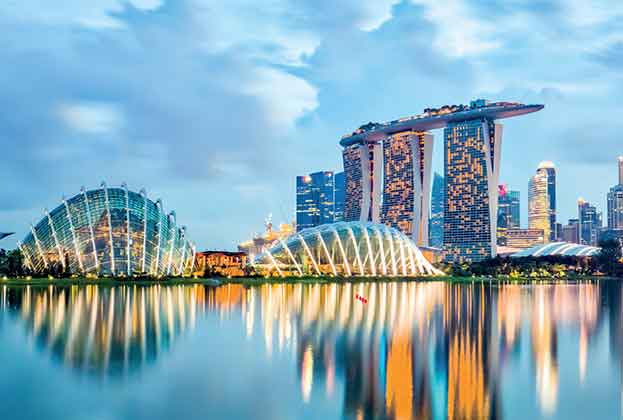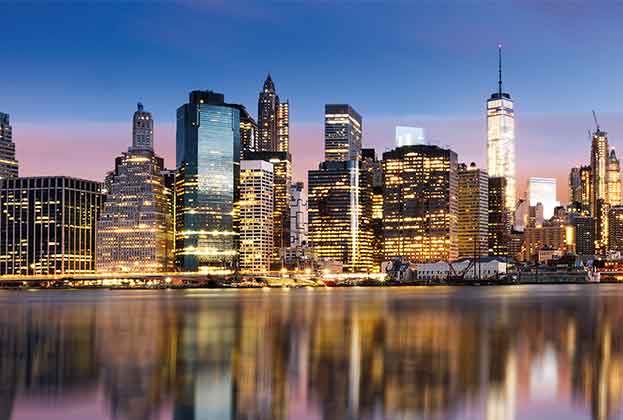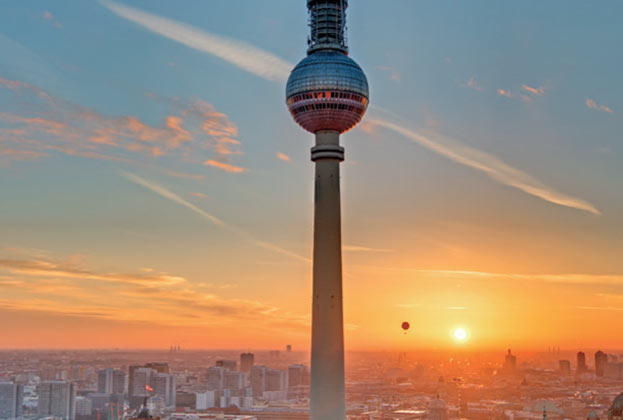Prime residential markets continue to strengthen. The return to cities has caused rental values to outperform historic trends whilst capital values follow positive growth trajectory
Cities are still learning how to cope with Covid-19 and build resilience against new variants. The vaccine rollout has enabled the reopening of more borders and an injection of confidence around urban living, working, and travel. This year’s prime residential markets benefitted from the price and rental falls in 2020.
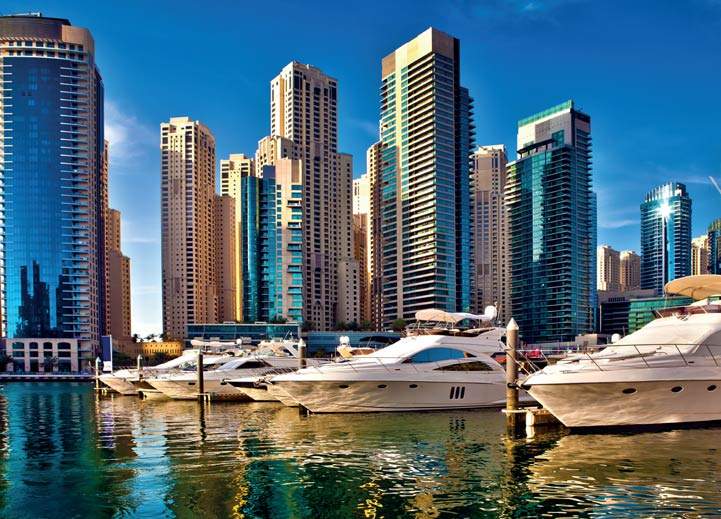
Global city: Dubai
Rental values and yields
The Savills Prime Residential World Cities Index reflects this trend. Rental values registered the strongest six-month performance in seven years in the second half of 2021, stronger than both the first half of the year and 2020. In New York, the number of leases signed during the second half of 2021 was among the highest on record, while London rents increased by 7.8% in 2021.
Average rental value growth was 3%, in the six months to December 2021, significantly above the half-year value for June 2021. Across the 30 cities in the Index, the average gross yield over the year remained at 3%. 2021 front runners Dubai and Moscow take the lead with yields above 4.5%, whilst Asian cities hold up the rear at just under 2%.
Capital values
Aided by expansionary fiscal and monetary policy, most notably historically low interest rates, capital values across the Index are increasing as global economies recover to pre-pandemic levels and people return to cities.
There was positive price growth across 28 of the 30 cities in the Savills Index in 2021
Paul Tostevin, Director, World Research
Average capital values rose in the second half of 2021, increasing by 3.2%. While this was marginally lower than the previous six months, it still represented a significant increase on 2020, when capital value growth dipped into negative territory.
There was positive price growth across 28 of the 30 cities in the Savills Index in 2021. North America outperformed all other regions, driven by rising incomes, affluent buyers and a return of urban migration. Miami was the strongest performer; experiencing high demand because of its warm climate and quality of life, a situation echoed in Dubai’s prime market.
Price growth was more varied in the Asia Pacific region. Seoul, Singapore and Sydney fared well in 2021, however, Mainland China and Hong Kong suffered from pandemic-induced uncertainty and restrictions knocked the confidence of investors and purchasers in the latter half of 2021.
Market headwinds
The momentum that we’re seeing in the prime residential markets could be tapered by a number of scenarios: rising inflation may not be temporary and the historically low interest rates may rise. However, many national government supportive economic policies gave prime residential markets resilience. Most global economies are stronger than they were following the global financial crisis and the forecast for 2022 is largely positive.
Prospects for 2022
Positive sentiment for the global prime residential sector
As nations learn to live with Covid-19 and economies revive, prime residential property remains a sought after asset. Despite the threat of market cooling measures, such as rising interest rates, 2022 looks on course to continue the positive trend of 2021. Expected average prime capital value growth across the cities in the index sits at 4.3%, the second highest in five years.
Prime rental growth has made a staggering recovery in the second half of 2021, depleting future supply in many cities
Paul Tostevin, Director, World Research
All cities, except for Hong Kong and Paris, are set for positive growth in 2022, albeit at a more moderate rate than last year. Supply and demand imbalances are driving this growth. Low interest rates and rising incomes have increased mortgage affordability, while in some cities prices have increased due to lack of stock. Miami, Dubai, and Lisbon have benefitted from the flexibility of remote working, a change in habits, and the desire for more space.
Prime rental growth has made a staggering recovery in the second half of 2021, depleting future supply in many cities. In combination with a return to offices, education, and travel, 2022 will likely deliver further rental growth, particularly in megacities.
Read the articles within Savills Prime Residential Index: World Cities below.
.jpg)
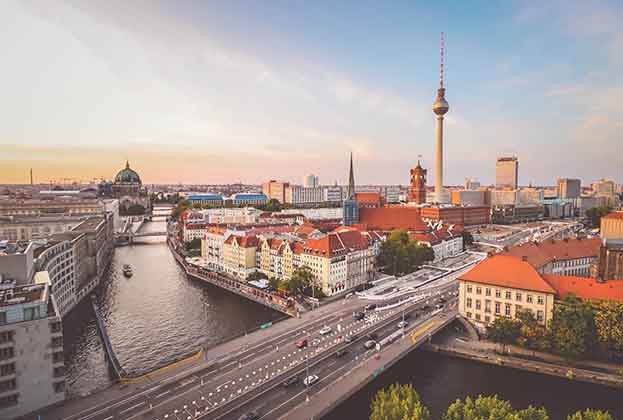
.jpg)
